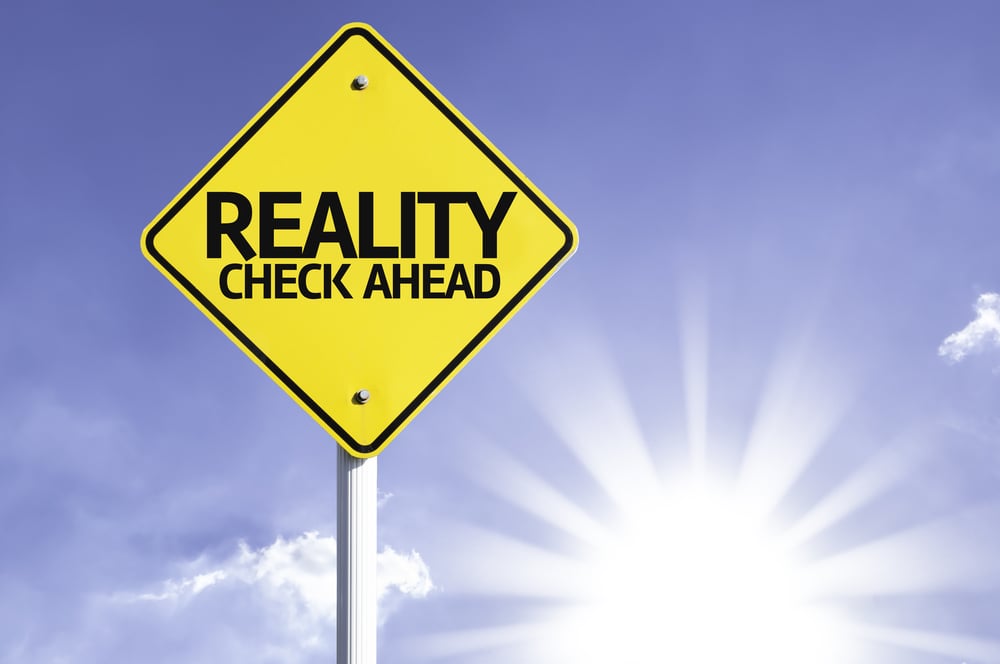
Just like anything else in business, your accounts receivable process should be planned out, standardized, and implemented consistently. While there’s no magic formula for eliminating past-due accounts and bad debt completely, you can minimize the occurrences and impact on your business by taking a winning approach to accounts receivable collections. Read on to learn what a great A/R approach looks like.
Establishing Great Standards, Practices & Procedures
A great approach to A/R collections has well-established characteristics in three core areas:
- Standards
- Best practices
- Procedures
You should establish standards and practices simultaneously, before setting up procedures to reflect them. By doing so, you ensure your organization gets paid faster, doesn’t miss details, minimizes angst among customers and employees, and maximizes revenue.
Let’s delve into each of these three areas so your organization can frame an approach to A/R collections.
Industry Standards
When it comes to accounts receivable management, there are standards to measure against and industry benchmarks you want to meet or beat. Some of the key measures to track are as follows:
Days Sales Outstanding (DSO): The DSO formula is current receivables x number of days in analyzed period / credit sales for the period analyzed.
Bad Debt: Actual bad debt compared to industry local credit groups and/or industry benchmarks forecasted bad debt versus actual bad debt
Current A/R vs. Past Due A/R Percentage: The total dollar amount past due, divided by the amount of total AR.
Collection Effectiveness Index: The formula is beg rec + (credit sales / N*) – end total / rec beg rec + (credit sales / N*) – end current rec x 100. In this formula, *N = number of months or days, *beginning receivables
Measure 1) collection performance versus collection forecast 2) collection performance by collector
Risk Exposure: Factors to consider including bankruptcy, cyclical review, profit margins, and management tolerance for bad debt
Once calculate and tracked, you can compare your numbers to the benchmarks for each of these measures provided by your industry association or trade group. You can find additional information on standards and benchmarks from the National Association of Credit Management (NACM).
Best Practices
With accounts receivable and collections, you’ll generally find that
- 26% of invoices 3 months old are uncollectable
- 70% of invoices 6 months old are uncollectable
- 90% of invoices 12 months old are uncollectable
So, having standards, policies, and procedures to keep A/R collected within 90 days is worth the investment of time and resources.
With that in mind, here are some best practices to help you minimize the risk of an open invoice becoming bad debt:
Send invoices promptly: send invoices daily or as soon as the customer receives the product or service. Adhering to an invoice processing schedule, like sending the all on a specific day of the week, can unnecessarily add 3-5 days to the collections cycle.
Prominently feature terms and due dates on the invoice document: leave no room for misunderstanding by clearly spelling out the terms in bold letters. If a customer consistently pays late by the same number of days, speak to their accounts payable department to go over the terms on your vendor account and correct them as needed.
Encourage customers to accept invoices electronically: EDI or emailed invoices will reduce cost by eliminating postage and can reduce processing time for you and your customer.
Offer several payment options: Offer several payment options so your customers can handle their own cash flow while still paying your company what they owe.
Deliver invoices to the right contact: Make sure your invoices are going to the right person at the right location to avoid delays in processing.
Get familiar with your customers’ approval processes: This information can help you determine where your invoices are in the payment process, and help you change your delivery method or destination to improve processing speed.
Send reminder emails 5-7 days before the due date: Send a friendly email reminding the customer that the due date is approaching. This may be the difference between an on-time payment and a weeks-late payment. When doing so, it’s also a good idea to:
- Attach a copy of the invoice
- Provide a contact person for the client for discrepancies/disputes
- Advise the client of the accepted payment methods
A/R Collections Procedures
Having a defined system of procedures helps to minimize bad debt. Ideally, you want an established delinquency schedule with the associated letters and planned phone calls. For most organizations, these letters and calls will occur at net 30, net 60, net 90, and net 120 days past the original due date. Establishing these milestones will provide triggers to communicate with your clients.
Below is a suggested set of steps and timeline for invoices.
On the due date:
- Email a reminder
- Attach a copy of the invoice
- Provide a contact person for discrepancies/disputes
- Advise the client of accepted payment methods
0-5 days past due:
- Call to check on payment status, invoice sent to correct contact person, resolve any discrepancies/disputes
- Offer a payment plan 5 days past due
- Email the first past due letter
15 days past due:
- Courtesy call to confirm receipt of invoice and product
- Identify existing discrepancies or disputes and resolve ASAP (e.g., incorrect terms, credit balance, POD required, copy of invoice required, and/or wrong contact person)
30 days past due:
- Email second past due letter, including the customer statement or aging report
- Two days later, follow up with a call to confirm receipt of statement and invoices and attend to any unresolved disputes or discrepancies
- Secure payment commitment – promise to pay – and request specific payment details (Obtaining a promise to pay enables you to chase a broken promise to pay)
60 days past due:
- Email the third past due letter
- Consider a credit hold and notify the client in writing
- Follow up with a phone call
- Consider modifying credit terms, prepayment, deposits, or COD
- Email and fax the customer (owner, president, controller) requiring full and final payment within 10 business days either by certified funds or wire transfer, sending a copy of correspondence to internal sales management
75-90 days past due:
- Make one last call to the customer with an urgent request for a same-day reply
- Consider modifying credit terms
90+ days past due – final demand:
- Send a formal letter (a 5 or 10-day demand) via the postal service and copy the guarantor, if any. Send the letter certified and/or with a receipt requested.
- Notify sales and management of account status
- Contact customer within 2 days of receiving delivery confirmation of the letter to establish that the final demand letter was received
- Prepare customer file for collections, including:
- Notes of discussions with the customer
- All correspondence sent to the customer regarding invoices in question
- Copies of proofs of delivery on invoices in question
- Original credit file: the signed credit application, personal guaranty, UCC filing, etc.
- Consider taking last-ditch efforts to collect: turn over to collections agency, sue, or terminate credit terms
Using Letter Templates and Call Scripts
Part of a great approach to A/R collections is using letter templates and call scripts. As we discussed in a previous article, using templates allows you to standardize your approach so you can test and refine different variations of emails, letters, and call scripts to determine which version is most effective.
Here are some helpful resources:
How to Write Your First Collection Letter
How to Write Your Second Collection Letter
How to Write Your Third Collection Letter
How to Prepare for Collection Calls
How to Write Your First Call Script
How to Write Your Second Call Script
How to Write Your Third Call Script
A great A/R approach features well-established standards, best practices and procedures that all work together to minimize your past-due accounts and create a mutually beneficial relationship with your customers.
Want More Tips, Templates and Guidance Like This?
Click below to download our Ultimate Guide to AR Collections where you'll find 27 pages of expert advice, best practices, industry benchmarks, and loads of letter templates and call scripts.









